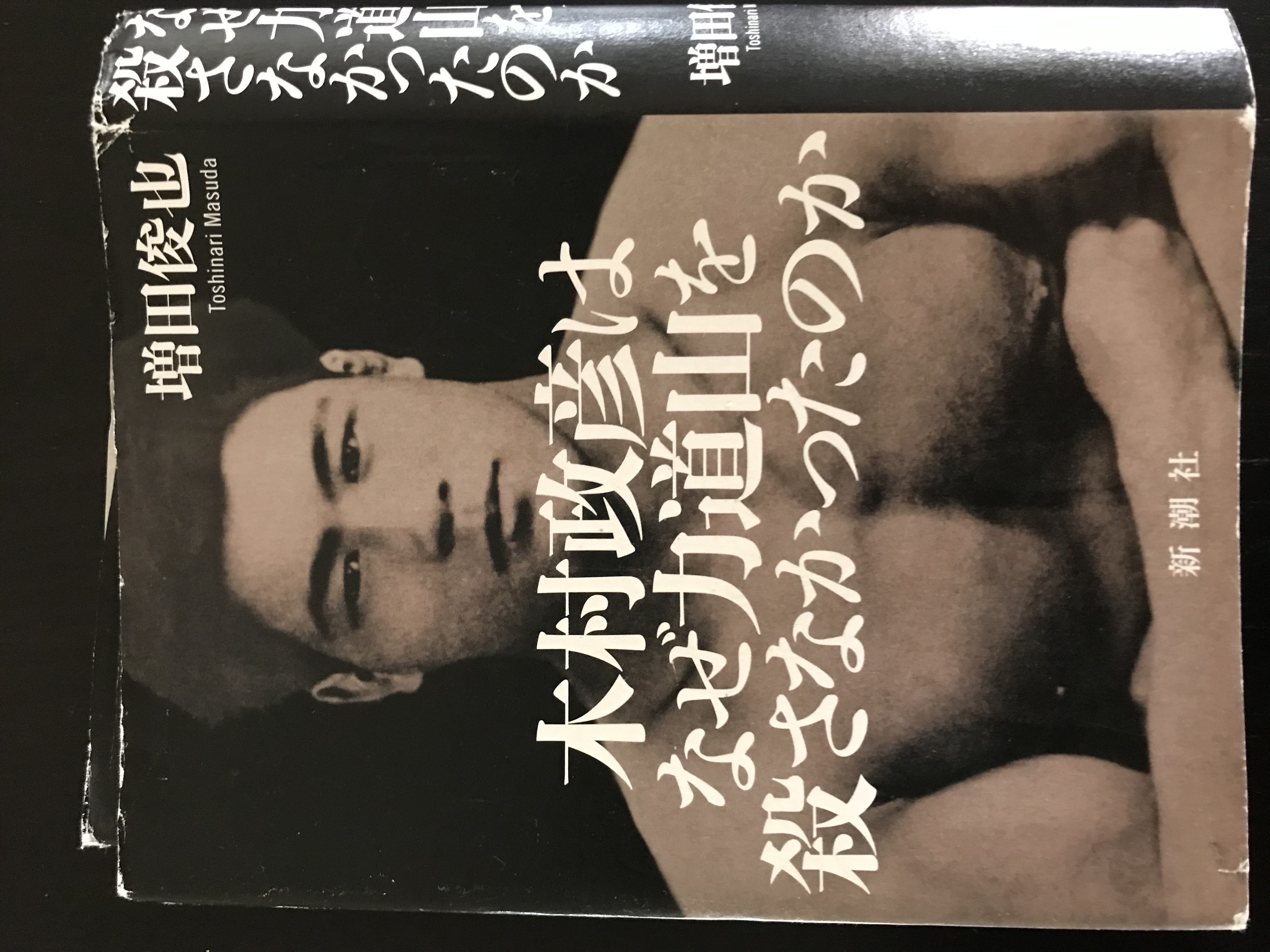
Source: 木村政彦はなぜ力道山を殺さなかったのか by 増田俊也
Kimura Masahiko – 1917-1993 – Born in Kumamoto, Japan he rose to the top echelon of Judo in Japan. Kimura was first exposed to competitive martial arts in the form of sumo. He found early success in sumo tournaments and was recruited to the Judo club which kept him in school. Eventually becoming a multiple Japan champion, he traveled to Manchuria, Hawaii, and Brazil to display the prowess of his art.
The sequence of events that unfolded while in Brazil (1951) are an interesting part of history often left out in the story of Kimura v Hélio Gracie. Kimura had been traveling with two other judo companions, Yamaguchi and Kato. All three had been earning good money teaching and hosting entertainment bouts to please the crowd. While in Brazil, someone saw one of their fake shows and challenged the “world champion” to a real fight. (Kimura politely reminded Hélio that he was not a world champion but Japan champion). Instead of Kimura, Kato accepted the non judo rules bout, where only a submission or loss of consciousness would decide the victor. The Kato v Hélio bout ended in a draw after Kato threw Hélio into the mat for thirty minutes. In a rematch, Hélio changed tactics, he wore a shorter sleeved, tighter fitting jacket. This made it difficult for Kato to set up his throws and was eventually dragged to the ground from a throw and choked.
The trash talking that ensued is quite comical. The Gracie family paraded around the city with a coffin of Kato saying, “death to Kato.” Hélio continues to insist on fighting Kimura, regardless the damage being done to the fame of the Japanese travelers. Hélio insists on the fight. Hélio always believed in the philosophy of fighting on the ground, but earlier he had seen Kimira throw a man twice his size that resulted in a knock out, casting an alternative light to the superiority of his martial art.
The fall out from Kato’s loss was so bad the three travelers couldn’t make any more money. Kimura has to agree to a bout with Hélio. Kimura says he won’t use his KO signature throw, the oosotogari. Kimura also announces he will win the fight in three minutes or less.The press loves it. Finally, Kimura shares his study and knowledge of koryu jujitsu, the ground game. Kimura accepts and wants to pay homage to the grand master, Conde Koma and experience the masters teachings.
The match up took place in front of a crowd over 40,000, including the President of Brazil. There were some twists. The Gracie crew left a “gift” for Kimura in their locker room, an empty coffin. When Kimura saw it he laughed, “this’ll be a great way to carry all my earnings.”
Kimura is known for the Kimira lock, but he was known for a few other things as well. One, his Oosotogari throw was said to knock people out. When he used the move on Hélio after the first three minutes were up, it’s said the springs of the boxing ring saved Hélio from being ko’ed. Two, “3x effort” was a training philosophy Kimura embraced. He figured the norm was 2-3hrs of training a day. The good, trainee twice the amount, but to be the best he would have to work three times as hard. Finally, he took on the name, “Oni no Kimura” after his teacher, Ushijima. “Kimura the demon” like his teacher, embraced both the standing and ground fight of Judo and Jiu Jitsu as we would see it.